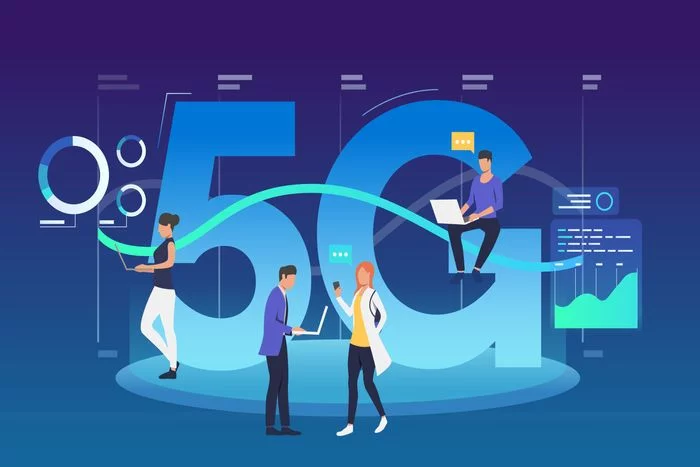The digital world is undergoing a massive transformation, and at the heart of this evolution is 5G technology. Short for “fifth generation,” 5G is not just a faster version of its predecessors—it’s a revolutionary leap that is set to change how we live, work, and connect. With ultra-fast speeds, minimal latency, and the ability to connect billions of devices simultaneously, 5G is powering a new era of innovation and connectivity.
Unprecedented Internet Speeds and Low Latency
One of the most noticeable benefits of 5G is its incredible speed. It can deliver data at rates up to 100 times faster than 4G. This allows for seamless streaming of high-definition content, quicker downloads, and smoother video calls. But perhaps even more important than speed is latency, or the time it takes for data to travel from source to destination. 5G reduces latency to as low as 1 millisecond, which is critical for applications that require real-time responsiveness, such as online gaming, autonomous vehicles, and remote surgeries.
Empowering the Internet of Things (IoT)
5G is the backbone of the Internet of Things (IoT). It enables the connection of countless smart devices—from home appliances and wearables to industrial machines and city infrastructure. With its ability to handle up to 1 million devices per square kilometer, 5G supports dense, device-heavy environments. This is particularly important for smart cities, where sensors, traffic systems, energy grids, and public safety tools need to work in harmony in real time.
Revolutionizing Industries
The impact of 5G extends far beyond consumer convenience—it is reshaping entire industries:
- Healthcare: 5G supports real-time telemedicine, remote diagnostics, and even robotic surgeries, bringing advanced care to remote areas.
- Manufacturing: Smart factories use 5G to monitor machinery, automate production lines, and reduce downtime through predictive maintenance.
- Automotive: With ultra-low latency, 5G enables vehicle-to-vehicle (V2V) and vehicle-to-infrastructure (V2I) communication, accelerating the adoption of autonomous driving.
- Entertainment and Media: From augmented reality (AR) and virtual reality (VR) experiences to immersive gaming and 8K video streaming, 5G is redefining how content is created and consumed.
Supporting Remote Work and Education
The COVID-19 pandemic highlighted the need for reliable remote connectivity. 5G enhances remote work and online learning with stable, high-speed connections that support video conferencing, collaborative tools, and cloud-based applications. This is especially beneficial in rural or underserved areas where previous network generations struggled to deliver consistent performance.
Challenges and the Road Ahead
While 5G brings immense possibilities, it also faces challenges such as infrastructure deployment, spectrum allocation, and cybersecurity risks. Building a widespread 5G network requires significant investment and collaboration between governments, telecom companies, and tech innovators. However, as adoption grows and technology matures, these barriers are expected to diminish.
Final Thoughts
5G is more than just an upgrade—it’s a catalyst for the next digital revolution. From smart homes and autonomous vehicles to AI-powered healthcare and immersive entertainment, 5G is unlocking new potentials across the globe. As we continue to integrate this transformative technology into our daily lives, the digital world is set to become faster, smarter, and more connected than ever before.

